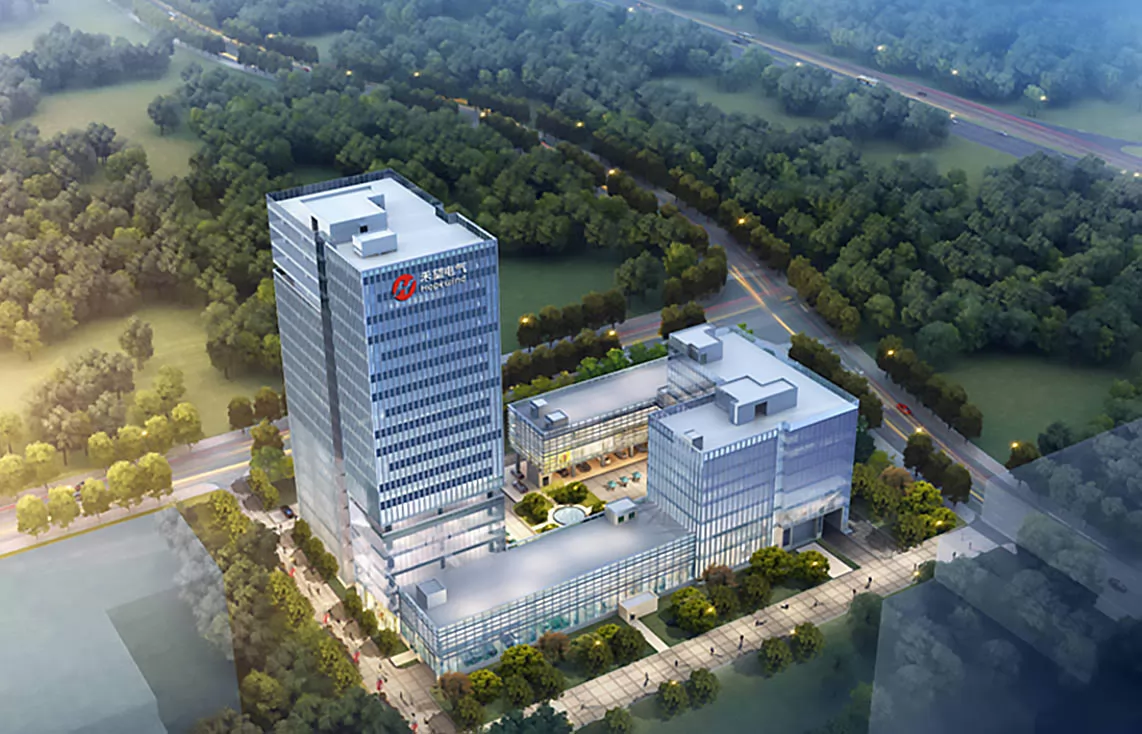Hopewind R&D Building
Time: 2022
Location: Dongguan, Guangdong
Installed capacity: 43.64kW
Installed area: 330㎡
Project Characteristics:
"Greening the future", the most beautiful photovoltaic window wall application scenario. Photovoltaics are perfectly integrated with building facade aesthetics. Through the orderly arrangement of dark green glazed products and light-colored traditional curtain wall glass, a layered and unique rhythmic appearance is formed, which means "rhythmic future" and "green future".
(1) More beautiful: Dark green glazed glass and light-colored traditional curtain wall glass are spliced and arranged in an orderly manner through color blocks to form a harmoniously beating rhythmic pattern, making the building more artistic.
(2) More consistent with the nature of office buildings: the rhythm of rhythmic music opens up the visual and auditory artistic perceptions, creates a bright, lively and upward atmosphere, and gives people positive psychological hints. Combined with the nature of the building as a research and development office building, it helps Improve the motivation and creativity of building staff.
(3) Rhythm of the future: The exterior design implies creating the future through the enthusiasm of music rhythm. At the same time, photovoltaic power generation also implies creating a better future through green electricity.
The Hopewind R&D office building project has a total height of 30 floors and is a typical high-rise tower. Combined with the characteristics of the building, in order to create a more upright and majestic appearance of the building, Gain Solar's designers chose an installation structure with vertical lights and horizontal concealments. The vertical architectural lines formed by the bright frames make the building appear taller and taller. The overall look and feel of the building is more consistent with Hopewind Electric's position in the industry.
Energy saving:
A total of 43.64kW photovoltaic building materials are installed in the building, with an annual power generation of 25,744 kWh, which is equivalent to an annual reduction of 25.67 tons of carbon dioxide emissions, a reduction of 0.77 tons of sulfur dioxide emissions, and a reduction of 7 tons of dust.

